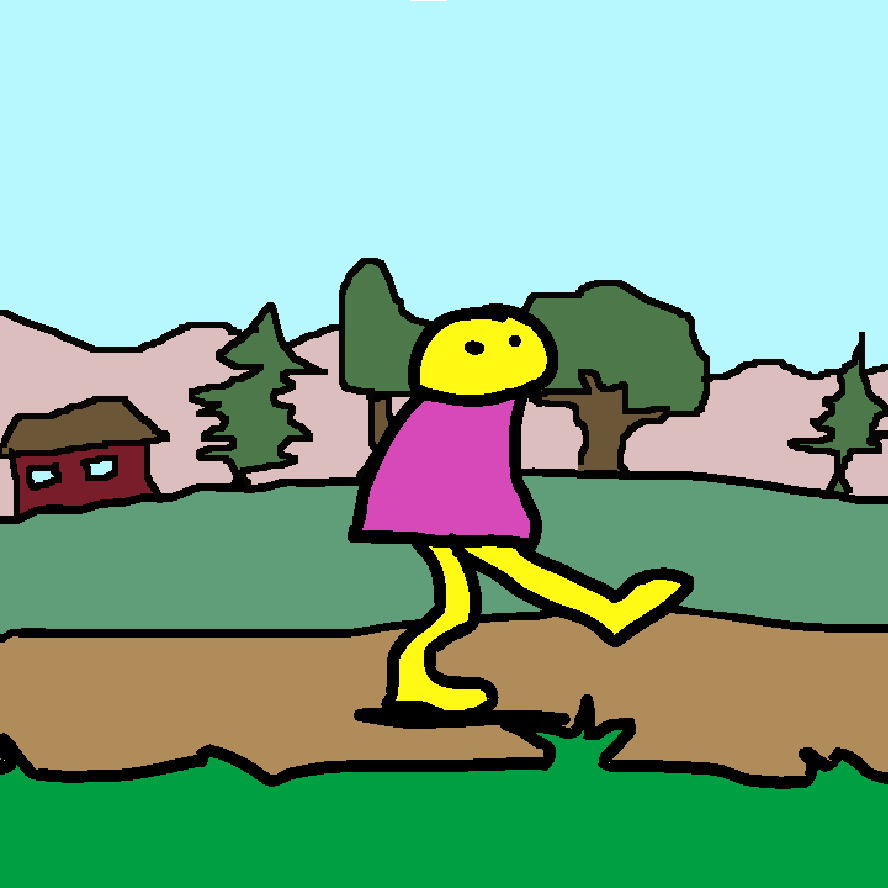Programming in Art and crafts 2018-2022
Developing the pseudocode-model
DOI:
https://doi.org/10.7577/formakademisk.4812Keywords:
Programming, LK20, Scratch, DBR, Art and craftsAbstract
Since it became known in early 2018 that programming would be implemented in the upcoming curricula in Art and Crafts, I started holding short workshops in the topic for teacher training students in design, arts and crafts. The purpose was firstly to give the students an insight into the possibilites that lay in combining programming and Art and crafts, and hopefully contribute to some of them wanting to orient themselves further in the topic on their own. The development of this teaching has gradually changed from year to year, in interaction with overlapping projects. Through design-based research with the aim of developing and improving my own practice, this paper looks at five years of teaching programming with an emphasis on Scratch. One experience is that it is more important that the students (and pupils) get started quickly with exploring the possibilities and limitations of programming, rather than to receive a lot of instructions before they start. Another result of these experiences is that the teaching is organized like a code, which has been named the pseudocode-model.
References
Bakker, A. (2018). Design Research in Education : A Practical Guide for Early Career Researchers. Routledge. https://doi.org/10.4324/9780203701010
Hoebeke, S., Strand, I., & Haakonsen, P. (2021). Programming as a New Creative Material in Art and Design Education. Techne serien - Forskning i slöjdpedagogik och slöjdvetenskap, 28(2), 233–240. https://journals.oslomet.no/index.php/techneA/article/view/4325
Høibo, I.H. (2022, 18. januar). Eit nettbrett til kvar elev gir ikkje digital kompetanse. Forskersonen.no. https://forskersonen.no/barn-og-ungdom-kronikk-meninger/eit-nettbrett-til-kvar-elev-gir-ikkje-digital-kompetanse/1965235
Kunnskapsdepartementet. (2017a). Mer koding og teknologi inn I skolen (Pressemelding nr. 84/17). Regjeringen Solberg. https://www.regjeringen.no/no/dokumentarkiv/regjeringen-solberg/aktuelt-regjeringen-solberg/smk/pressemeldinger/2017/mer-koding-og-teknologi-inn-i-skolen/id2568375/
Kunnskapsdepartementet. (2017b). Skaperglede, engasjement og utforskertrang. Overordnet del – verdier og prinsipper for grunnopplæringen. Fastsatt som forskrift ved kongelig resolusjon. Læreplanverket for Kunnskapsløftet 2020. https://www.udir.no/lk20/overordnet-del/opplaringens-verdigrunnlag/1.4-skaperglede-engasjement-og-utforskertrang/?lang=nob
Kunnskapsdepartementet. (2019). Kjerneelementer. Læreplan i Kunst og håndverk (KHV01‑02). Fastsatt som forskrift. Læreplanverket for Kunnskapsløftet 2020. https://www.udir.no/lk20/khv01-02/om-faget/kjerneelementer?lang=nob
Lær Kidsa Koding. (u.å.). Scratch. https://oppgaver.kidsakoder.no/scratch
Martinez, S. L. & Stager, G. (2019). Invent to learn : Making, Tinkering, and Engineering in the Classroom (2. utg.). Constructing Modern Knowledge Press.
McKenney, S. & Reeves T.C. (2018). Conducting Educational Design Research (2. utg.). Routledge. https://doi.org/10.4324/9781315105642
Nygård, K. (2018). Programmering i grunnskolen- hvordan komme i gang? Pedlex.
Papert, S. (1993). Mindstorms : Children, Computers and Powerful Ideas. (2. utg.). Basic Books.
Resnick, M., Maloney, J., Monroy-Hernandez, A., Rusk, N., Eastmond, E., Brennan, K., Kafai, Y. (2009). Scratch: Programming for all. Communications of the ACM, 52(11) , 60–67. https://doi.org/10.1145/1592761.1592779
Resnick, M. & Rosenbaum, E. (2013). Designing for tinkerability. In M. Honey & D. Kanter (Eds.), Design, make, play: Growing the next generation of STEM innovators (pp. 163–181). Routledge. https://doi.org/10.4324/9780203108352
Sevaldson, B. (2010). Discussions & Movements in Design Research. FormAkademisk, 3(1). https://doi.org/10.7577/formakademisk.137
Skaperskolen. (u.å.). Kløkt. Pedagogisk verktøykasse. https://skaperskolen.no/pedagogisk-verktoykasse/#klokt
Steenbuch, B. (2016, 8. okt). Oslo kommune skal lære niåringer å programmere. Aftenposten. https://www.aftenposten.no/oslo/i/dBV2X/oslo-kommune-skal-laere-niaaringer-aa-programmere
Utdanningsdirektoratet. (2018). Kunst og håndverk/Doudji/Duodje/Duedie (Høringsbrev av 05.03.2018). https://hoering.udir.no/Hoering/v2/197?notatId=356
Utdanningsdirektoratet. (2019). Algoritmisk tenkning. Digital kompetanse i barnehage og skole. https://www.udir.no/kvalitet-og-kompetanse/profesjonsfaglig-digital-kompetanse/algoritmisk-tenkning/
Utdanningsdirektoratet. (2022). Kompetansepakker. https://www.udir.no/kvalitet-og-kompetanse/kompetansepakker/

Downloads
Published
How to Cite
Issue
Section
License
Copyright (c) 2023 Peter Haakonsen

This work is licensed under a Creative Commons Attribution-NoDerivatives 4.0 International License.
Authors who publish with this journal agree to the following terms:
- Authors retain copyright and grant the journal right of first publication with the work simultaneously licensed under a Creative Commons Attribution 4.0 License that allows others to share the work with an acknowledgement of the work's authorship and initial publication in this journal.
- Authors are able to enter into separate, additional contractual arrangements for the non-exclusive distribution of the journal's published version of the work (e.g., post it to an institutional repository or publish it in a book), with an acknowledgement of its initial publication in this journal.
- Authors are permitted and encouraged to post their work online (e.g., in institutional repositories or on their website) prior to and during the submission process, as it can lead to productive exchanges, as well as earlier and greater citation of published work (See The Effect of Open Access).
- The author(s) must manage their economic reproduction rights to any third party.
- The journal makes no financial or other compensation for submissions, unless a separate agreement regarding this matter has been made with the author(s).
- The journal is obliged to archive the manuscript (including metadata) in its originally published digital form for at least a suitable amount of time in which the manuscript can be accessed via a long-term archive for digital material, such as in the Norwegian universities’ institutional archives within the framework of the NORA partnership.
The material will be published OpenAccess with a Creative Commons 4.0 License which allows anyone to read, share and adapt the content, even commercially under the licence terms:
This work needs to be appropriately attributed/credited, a link must be provided to the CC-BY 4.0 licence, and changes made need to be indicated in a reasonable manner, but not in any way that suggests that the licensor endorses you or your use.



